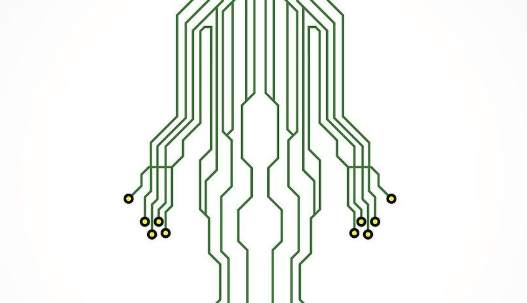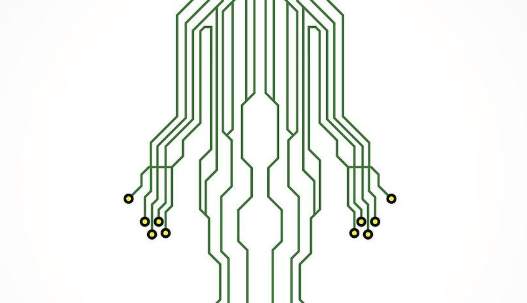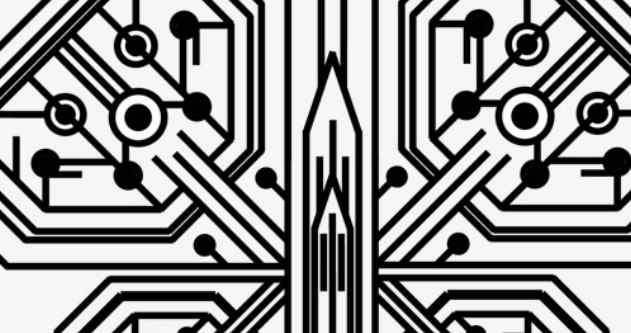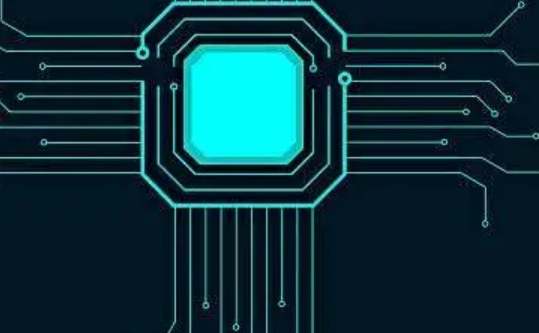
1. Application field of multi-layer circuit board
Multilayer circuit board, generally with electroplating through hole as the core, the number of layers, plate thickness, hole position configuration is changed with the line density, the classification of its specification content is mostly based on this. Rigid-Flex widely uses i military, aerospace and instrument equipment, rare in general electronic products, so it doesn't discuss in detail. As electronic products tend to be multifunctional and complex, the contact distance of integrated circuit components is reduced, the speed of signal transmission is relatively improved, followed by the increase in the number of wiring, the length of the local shortening between points, which requires high-density line configuration and microporous technology to achieve the goal. Wiring and crossover basically for single and double panel has its difficulties, so the circuit board will go to multilayer; And because of the continuous increase of signal lines, more power layers and ground becomes a must in the design, which make the Multilayer Printed Circuit Board (printed circuit board) more common.

2. The way in which multiple layers are connected
The printed circuit board establishes the metal layer on the separate line layer, so the longitudinal connection between the layers is indispensable. In order to achieve the purpose of interlayer connection, it is necessary to use the method of drilling to form a path and a reliable conductor on the hole wall to complete the connection of power or signal. Since the through - hole electroplating was proposed, almost all multilayer circuit boards have been produced by this method. To improve the density of the circuit board with increased layer production mode, its approach is to form a small hole in the dielectric material in the way of laser or J-light, and then by electroplating conduction. Some producers fill the connecting holes with conductive glue, such as ALIVH and B2it developed by Japan.
3, multi-layer circuit board section geometric structure
Multilayer printed circuit board according to the number of layers of the line will be: single side, double side, 4 layers, 6 layers, 8 layers and so on. As for the high-density circuit board often mentioned recently, because it is usually made by establishing a core hard board in the center, and on this basis, growing and increasing layers on both sides, there are two common names. One is the number of hard board layers in the center as the first number, and the number of additional wire layers on both sides as another number. Hence the so-called descriptions of 4+2, 2+2, 6+4 and so on. But another name may be easier to let people understand the actual situation, because most of the multi-layer circuit board design is symmetric design, so it is used to explore the name of 1+4+1, 3+6+3, then if someone says that the structure of 2+4 May be asymmetric structure, must confirm it.
2.6 Drilling process
Because the superposition of each layer leads to super thick plate and copper layer, severe wear on the drill bit, easy to break the drill tool, the number of holes, falling speed and rotation speed are properly reduced. Accurately measure the growth and contraction of the plate to provide accurate coefficient; The number of layers ≥14 layers, aperture ≤0.2mm or hole to line interval ≤0.175mm, the use of hole precision ≤0.025mm drilling machine production; The diameter of φ4.0mm above the aperture adopts the step drilling, the thickness to diameter ratio 12:1 adopts the step drilling, positive and negative drilling method; Control the drilling edge and hole thickness. Adopt new drilling tool or grind 1 drilling tool to drill the upper board as far as possible, and control the hole diameter within 25um. In order to improve the drilling burr problem of high layer thick copper plate, the batch verification, the use of high density plate, the number of laminated plates is one piece, the drill grinding time is controlled within 3 times, can effectively improve the drilling burr.
Backdrilling technology is an effective way to improve signal integrity for high frequency, high speed and mass data transmission. The back drilling controls the length of the residual stub, the consistency of the two holes, and the copper wire in the holes. Not all drilling equipment has backdrilling function. It is necessary to upgrade the drilling equipment (with backdrilling function) or purchase a drilling machine with backdrilling function. Back drilling techniques applied from industry related literature and mature mass production mainly include: traditional depth control back drilling method, back drilling with signal feedback layer in the inner layer, depth calculation according to plate thickness ratio, which will not be repeated here.
Iii. Reliability test
The high-rise board is generally the system board, thicker than the conventional multilayer board, heavier, larger unit size, the corresponding heat capacity is also larger, in the welding, the need for more heat, the welding experience of high temperature for a long time. It takes 50 to 90 seconds at 217℃(solder melting point), and the cooling rate of the high floor plate is relatively slow, so the over-reflow test time is extended, combined with the IPC-6012C, IPC-TM-650 scales and industry requirements, the main reliability test of the high floor plate, as described.
Iv. Conclusion
For high - level circuit board processing technology research literature, the industry is relatively few. This paper introduces material selection, laminated structure design, interlayer alignment, inner line production, pressing process, drilling process and other key points of hub production process control, in order to provide peer reference and understanding, I hope more peers involved in high level circuit board technology research and communication.









